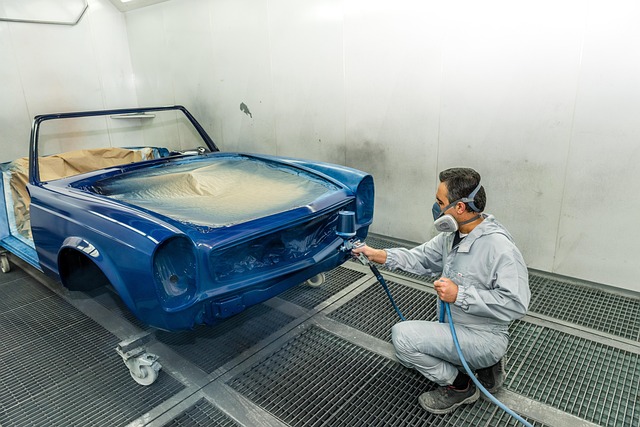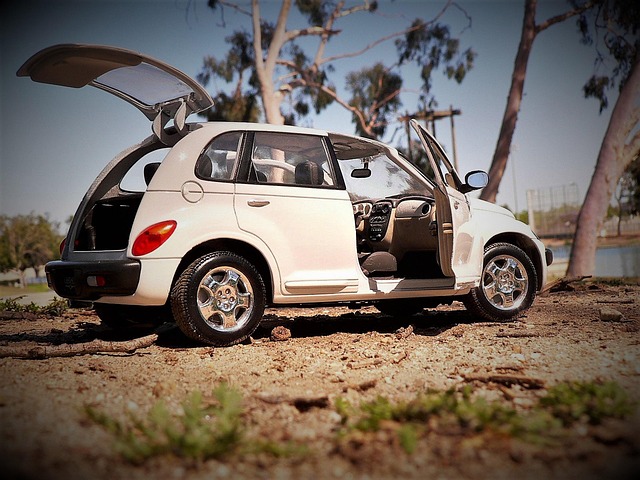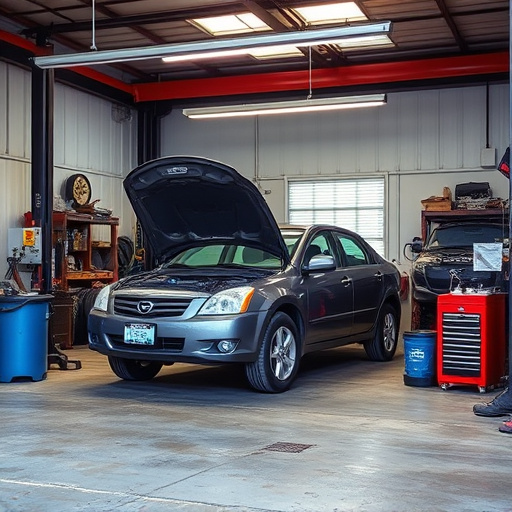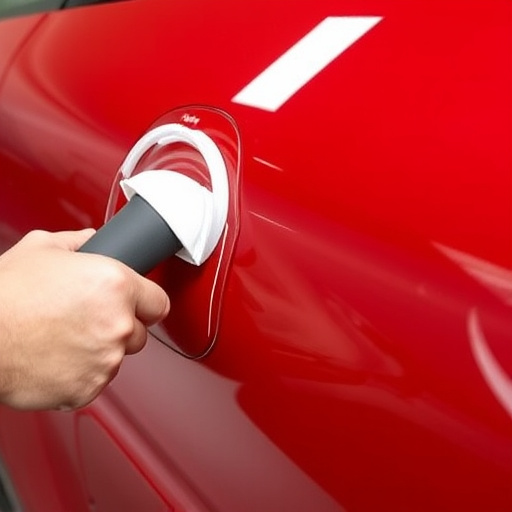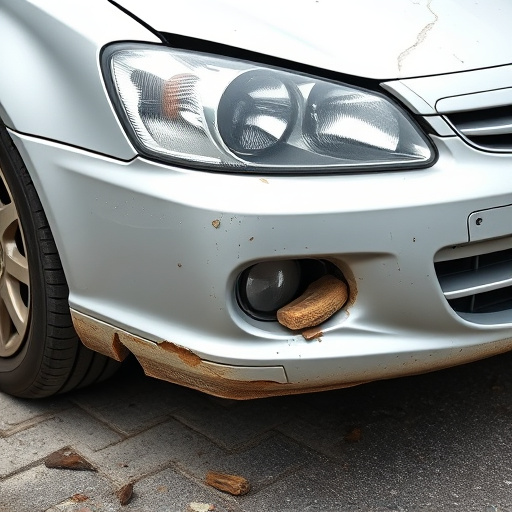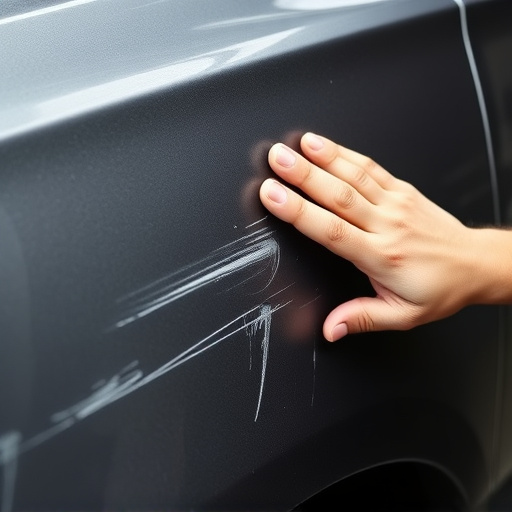Plastic body part repair is a specialized auto restoration technique preserving original part shape, texture, and color for seamless fitting. Cost-effective and eco-friendly, it extends vehicle lifespans, enhances aesthetic appeal, and increases resale value. Driven by technology advancements and sustainability focus, the future includes high-quality materials, advanced bonding, injection molding, and potentially 3D printing to create durable, efficient repairs while reducing environmental impact.
Plastic body part repair is revolutionizing vehicle maintenance, offering a sustainable and cost-effective solution to extend car lifespans. This innovative technique involves replacing or restoring damaged plastic components, from fenders and bumpers to interior panels. By utilizing advanced technologies and materials, repair shops can achieve near-original quality, preserving the vehicle’s value and reducing the need for expensive replacements. This article explores the benefits, best practices, and future trends in plastic body part repair.
- Understanding Plastic Body Part Repair: The Basics
- Benefits of Plastic Body Part Repair for Vehicle Lifespan
- Best Practices and Future Trends in Plastic Body Part Repair
Understanding Plastic Body Part Repair: The Basics
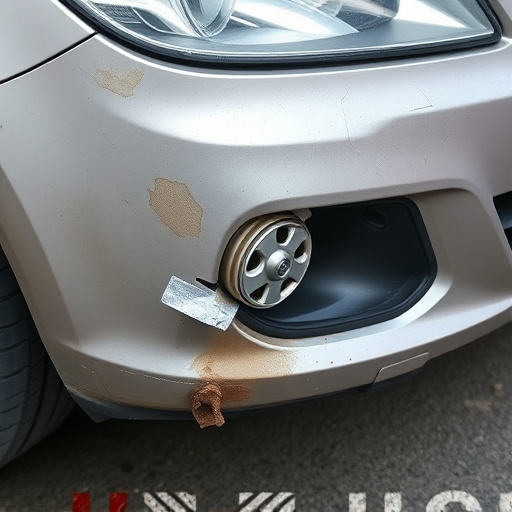
Plastic body part repair is a specialized process that focuses on restoring and rejuvenating car bodywork. It involves the use of advanced techniques and materials to fix or replace damaged plastic components, such as fenders, bumpers, and door panels. Unlike traditional metal fabrication, plastic repair preserves the original shape, texture, and color of the part, ensuring a seamless blend with the rest of the vehicle.
This method is particularly valuable in auto body restoration and automotive collision repair, where maintaining the car’s aesthetic appeal and structural integrity is paramount. By minimizing the need for extensive welding or replacement, plastic body part repair not only saves time and costs but also contributes to the longevity of the vehicle. It’s an eco-friendly option, as it reduces waste by reusing original parts and promotes a more sustainable approach to car maintenance and repair.
Benefits of Plastic Body Part Repair for Vehicle Lifespan
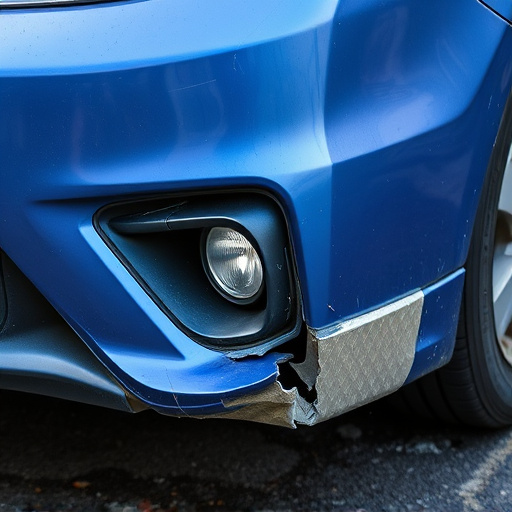
Plastic body part repair offers numerous advantages when it comes to extending the lifespan of a vehicle. One of the key benefits is its cost-effectiveness compared to replacing entire panels or components with new ones. This is especially valuable for older vehicles where original parts might be scarce and expensive. By repairing plastic bodies, owners can save significant costs while also preserving the vehicle’s value.
Moreover, it enhances the overall aesthetic appeal of the vehicle. Minor damages, such as scratches, dents, or cracks, can be efficiently addressed without affecting the car’s structural integrity. This not only improves its physical appearance but also ensures that it maintains its sleek design, making it more attractive to potential buyers if and when the owner decides to sell. A well-maintained exterior through plastic body part repair is a testament to responsible vehicle ownership.
Best Practices and Future Trends in Plastic Body Part Repair
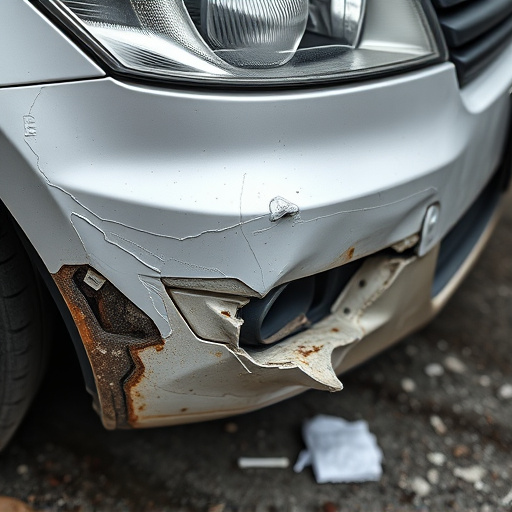
The future of plastic body part repair in the automotive industry looks promising as technology advances and sustainability becomes a priority. Best practices involve using high-quality materials that match the original manufacturer’s specifications, ensuring precise craftsmanship during the repair process. Modern techniques, such as advanced adhesive bonding and injection moulding, offer efficient and durable solutions for car paint repair and auto collision repair. These methods not only restore the vehicle to its pre-collision condition but also significantly extend its lifespan.
As the industry evolves, we can expect more innovative approaches like 3D printing to play a pivotal role in plastic body part repair. This technology allows for complex geometric shapes and precise replication of original parts, enhancing structural integrity and aesthetic appeal. Additionally, the trend towards lighter materials to reduce fuel consumption will drive further advancements in collision repair services, making them both environmentally friendly and cost-effective.
Plastic body part repair is a game-changer in extending vehicle lifespan. By understanding the basics and implementing best practices, we can significantly reduce waste and preserve the structural integrity of our cars. As technology advances, future trends in this field promise even more efficient and sustainable solutions for vehicle repair. Embracing these innovations will ensure a greener, longer-lasting transportation future.




